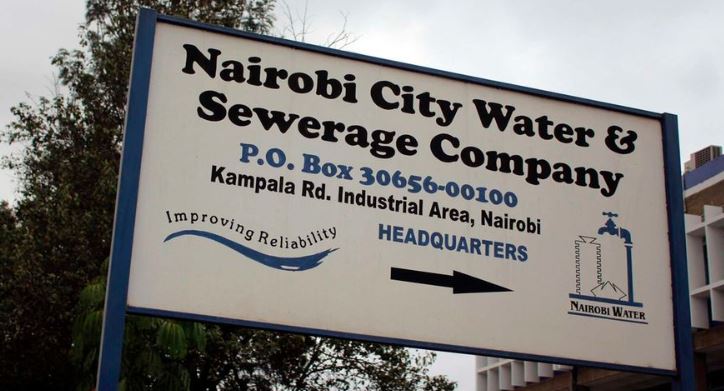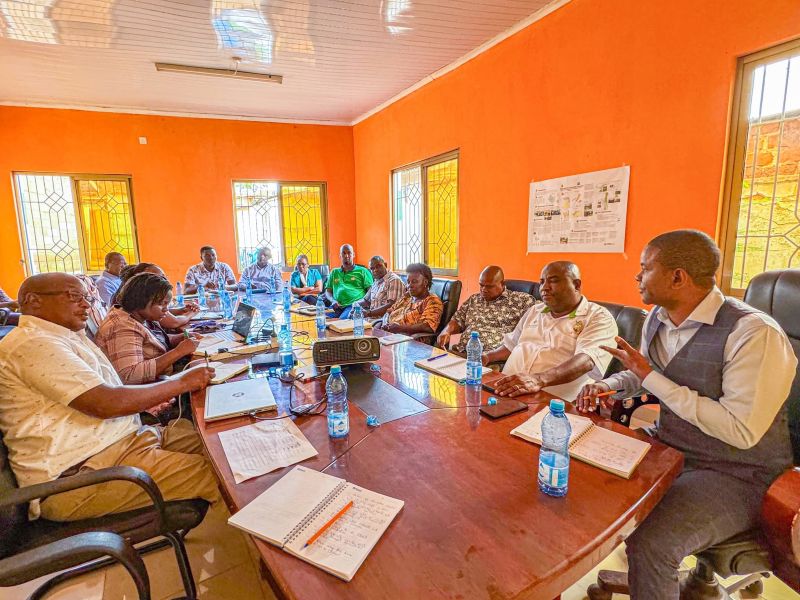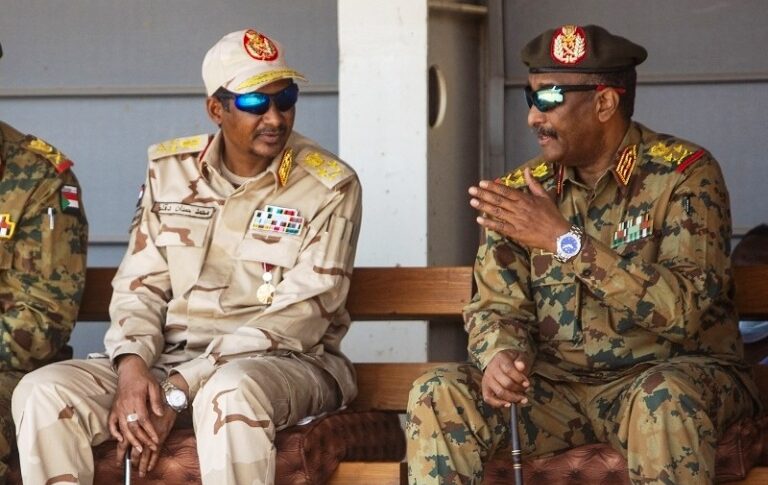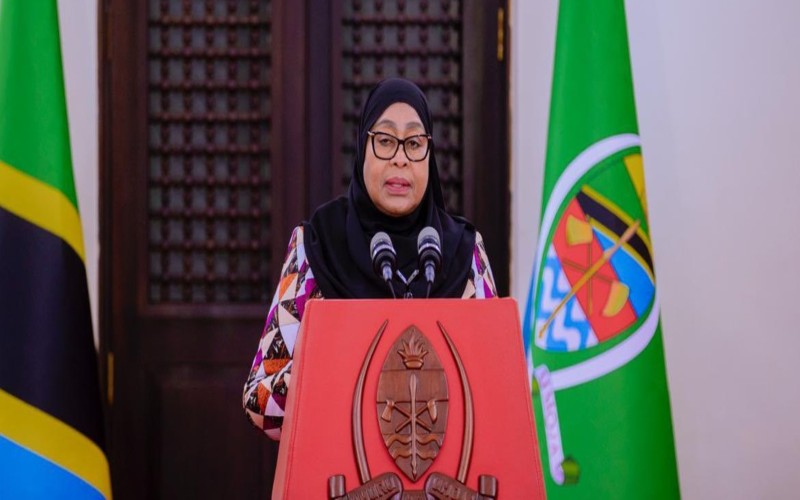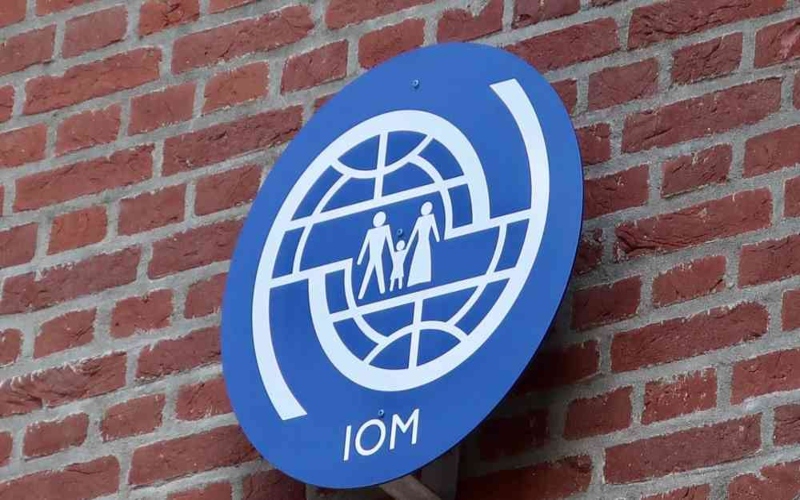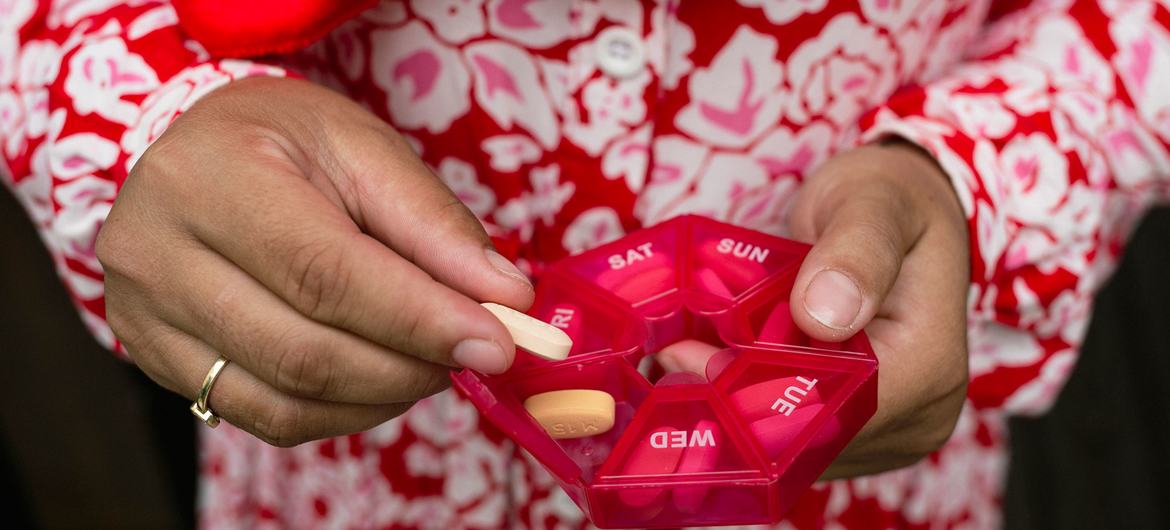UN says rebuilding Gaza will cost Sh 9.1 trillion as Palestinian economy nears collapse
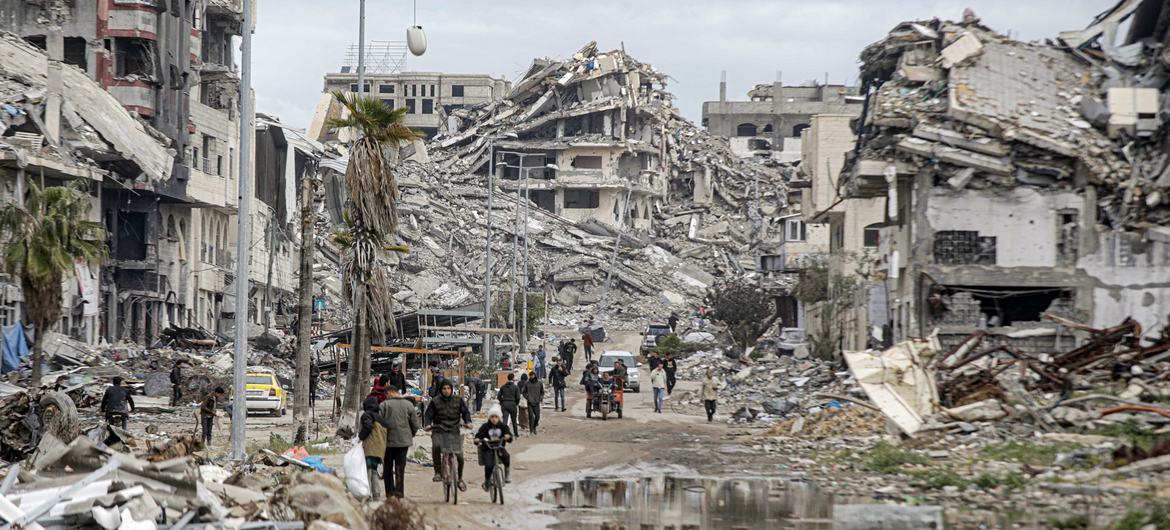
The UN estimates that rebuilding homes, roads, hospitals, and other basic services in Gaza will cost more than Sh 9.1 trillion ($70 billion) and will take many years.
The United Nations says rebuilding the Gaza Strip will cost about Sh 9.1 trillion ($70 billion) over the coming decades, and has warned that the economy in the occupied Palestinian territories is close to collapse.
A new report from the UN Conference on Trade and Development (UNCTAD) says Israel’s war in Gaza has created a “human-made abyss” and has wiped out decades of economic progress.
More To Read
- Gaza: Two children killed every day during fragile ceasefire, says UNICEF
- Two tables, one war: Life amid ceasefire in Israel and Gaza
- UN Security Council approves US-brokered Gaza peace plan
- Over 150 Palestinian refugees finally disembark in South Africa after nine-hour airport ordeal
- Gazans continue heading home as ‘fragile ceasefire’ holds
- Türkiye issues arrest warrant for Israeli PM Benjamin Netanyahu over Gaza war
Gaza’s economy in ruins
According to the report, Gaza’s economy shrank by 87 per cent during 2023-2024 because of the bombardment and ongoing siege.
Gaza’s gross domestic product (GDP) per person is now Sh 20,930 ($161) a year, one of the lowest levels in the world.
The UN says Israel’s military actions and tight controls have “seriously damaged every pillar of survival” in Gaza and left all 2.3 million residents facing “extreme, multidimensional impoverishment”.
The UN estimates that rebuilding homes, roads, hospitals, and other basic services in Gaza will cost more than Sh 9.1 trillion ($70 billion) and will take many years.
Crisis in the West Bank
The report also says the situation in the occupied West Bank is getting worse. It found that “violence, accelerated settlement expansion and restrictions on worker mobility” have “decimated the economy” there.
Repeated attacks by Israeli soldiers and settlers, together with strict controls on movement and work, are pushing more Palestinians into poverty.
The UN says Palestinian government finances are under severe pressure.
“Plummeting revenues and the withholding of fiscal transfers by the Israeli government have severely constrained the Palestinian government’s ability to maintain essential public services and invest in recovery,” the report says. This is happening at a time when large amounts of money are needed to rebuild damaged infrastructure and deal with growing social and environmental problems.
22 years of progress lost
UNCTAD describes the current downturn as the sharpest economic fall on record for the Palestinian territories.
“By the end of 2024, Palestinian GDP fell back to its 2010 level while GDP per capita returned to that of 2003, erasing 22 years of development progress in less than two years,” the report says.
The UN warns that even with large amounts of international aid, it could take decades for the Palestinian economy to return to the levels seen before October 2023.
Fragile Ceasefire
The economic collapse is taking place during a fragile ceasefire between Israel and Hamas. The US brokered truce came into effect in October after two years of fighting and has mostly held, but violence has continued.
The Gaza health ministry says at least 342 Palestinians have been killed by Israeli fire since the ceasefire began. Israel says three of its soldiers have been killed by militant gunfire in the same period.
Hamas and Islamic Jihad, a smaller allied group, said on Tuesday that they were preparing to hand over the body of another Israeli hostage, as required under the ceasefire deal. Islamic Jihad said the body was found on Monday during search operations in central Gaza. Israel says the delay in handing over the remains is a breach of the agreement.
Since the start of the truce, Hamas has freed all 20 living hostages it still held and returned the bodies of all but three of the 25 dead hostages. In return, Israel has released nearly 2,000 Palestinian prisoners and handed back the bodies of hundreds of Palestinians.
Human cost of the war
The current war in Gaza began on October 7, 2023, when Hamas crossed into Israel in a surprise attack. About 1,200 people, mostly civilians, were killed, and 251 people were taken hostage.
In response, Israel launched a major military offensive in Gaza. More than 69,000 Palestinians, mostly civilians, have been killed in the offensive and in strikes that continued after the ceasefire started, according to Gaza authorities. Thousands more are believed to be buried under collapsed buildings.
Since the ceasefire, Gaza has been effectively split, with Israeli forces controlling just over half of the territory. Conditions for civilians across the strip remain extremely difficult.
Hunger and shortages
The World Food Programme (WFP) says most families in Gaza cannot afford basic food. Although prices have fallen a lot in recent weeks, people are still eating much less than before the war.
The WFP says diets now mainly consist of cereals and pulses, with some dairy and oil, and very little meat, vegetables or fruit. Cooking gas is very hard to find, so many families are burning discarded plastic or other unsafe materials to cook their food.
Uncertain future for Gaza
There is still no clear plan for how Gaza will be governed or rebuilt in the long term.
There are also major questions about how the immediate steps in US President Donald Trump’s 20-point plan for Gaza will be carried out.
The UN Security Council gave formal support to this plan last week. It calls for a temporary technocratic Palestinian government in Gaza, overseen by an international “board of peace” and backed by an international security force.
For now, the UN warns that the combination of physical destruction, economic collapse and continuing violence has pushed Gaza and the wider Palestinian territories into a deep and long-term crisis. Even with strong international help, recovery is expected to take many years.
Top Stories Today

